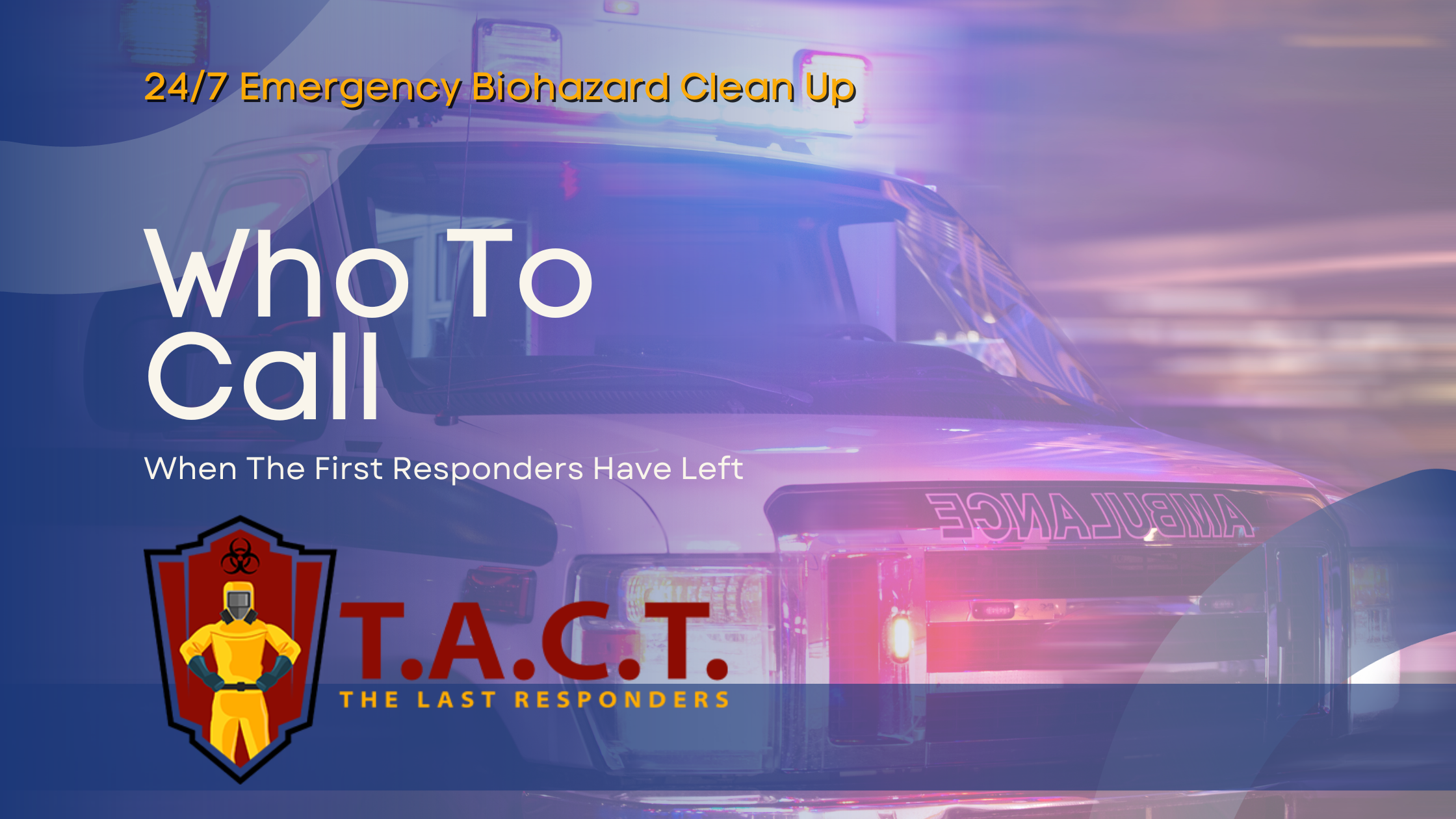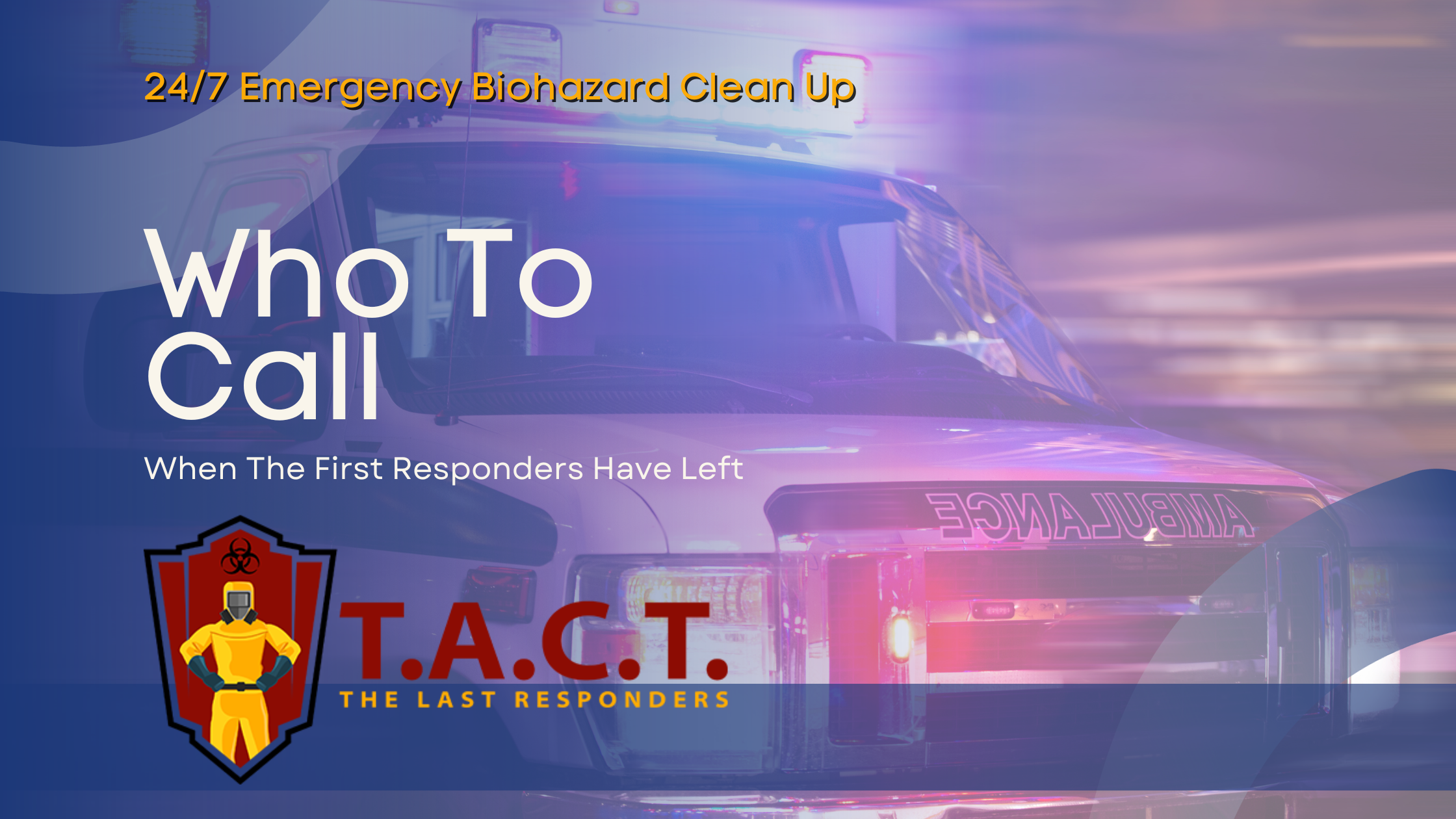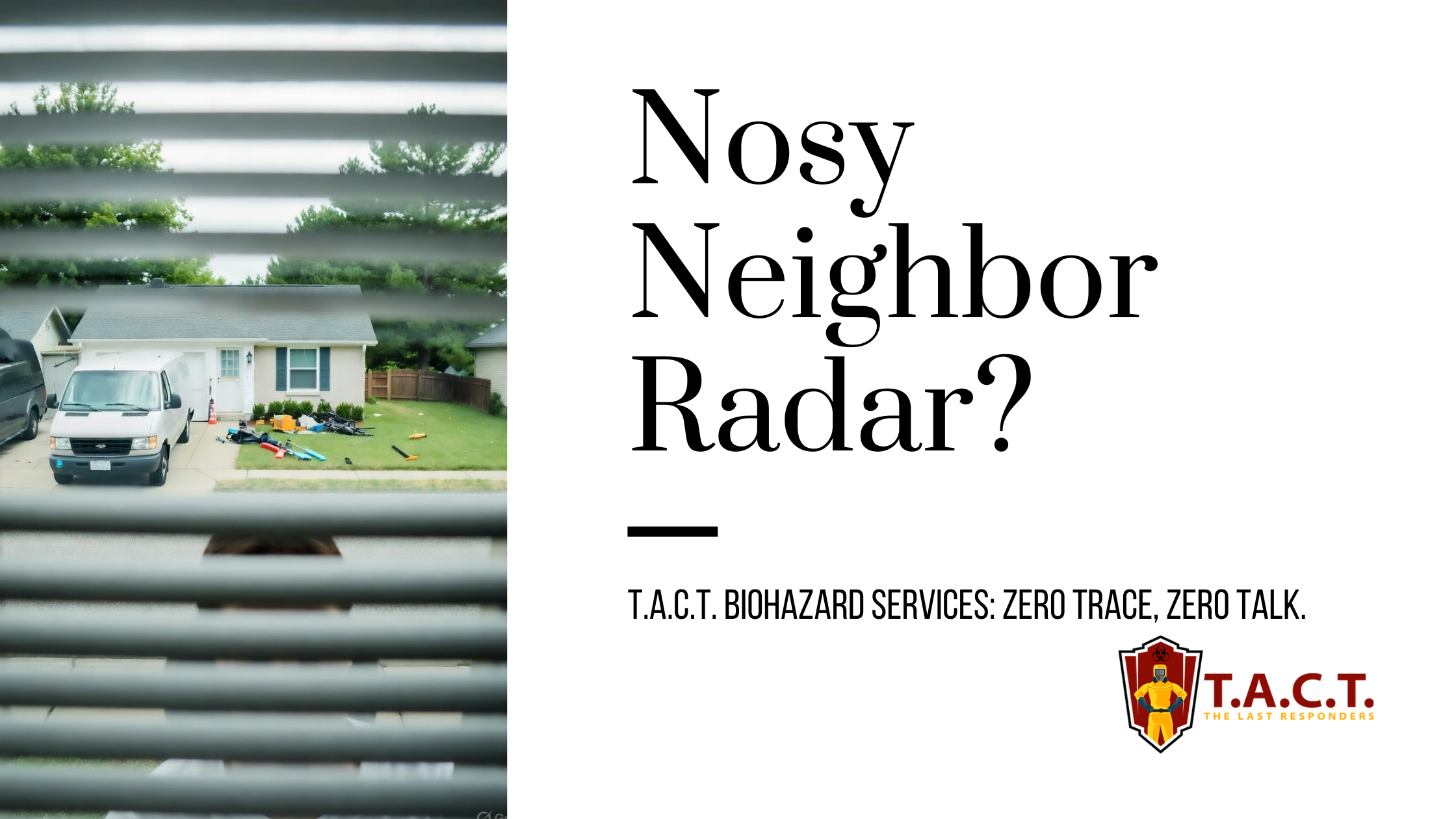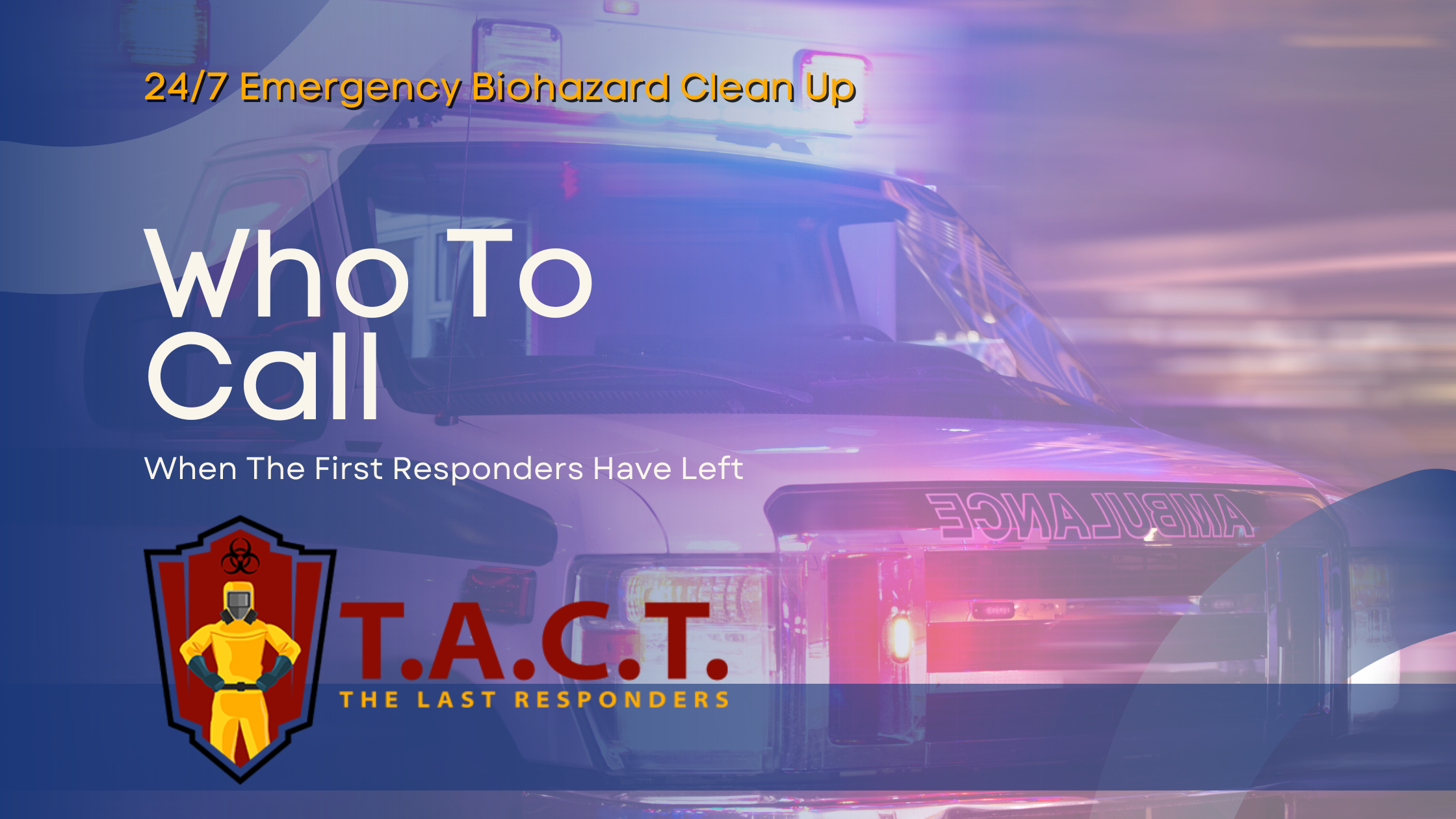How to master rodent feces identification

How to Master Rodent Faeces Identification for a Pest-Free Home
If you suspect a rodent problem, identifying their droppings is vital. This guide on rodent faeces identification will show you how to distinguish between droppings from rats, mice, and other pests. Knowing what you’re dealing with helps you tackle the problem effectively. Let’s dive in.
Key Takeaways
Identifying rodent droppings is crucial for understanding the type of pest infestation, as different rodents exhibit variations in size, shape, and location of their droppings.
Rodent droppings pose significant health risks due to the potential presence of pathogens like hantavirus and salmonella, making it essential to handle them with protective gear during cleanup.
Preventing future infestations involves sealing entry points and maintaining cleanliness, while professional pest control services can provide expertise and effective solutions for severe cases.
Recognizing Different Rodent Droppings

Identifying rodent droppings is the first step in tackling a pest problem. These tiny indicators can tell you a lot about the type of infestation you’re dealing with. Droppings from different rodents vary in size, shape, and color, helping you pinpoint the specific pest causing the issue. Recognizing these differences allows you to implement more effective control measures and prevent further damage to your home.
We’ll explore the differences between rat and mouse droppings, compare roof rat and Norway rat droppings, and explain how to distinguish fresh droppings from old ones. Each type of dropping provides unique clues that can help you identify the pest and take appropriate action.
Rat Droppings vs. Mouse Droppings
Rat and mouse droppings may seem similar at first glance, but there are distinct differences that can help you identify the culprit. Rat droppings are usually larger, ranging from half an inch to 3/4 inch in length. They have blunt ends and look similar to grains of rice. In contrast, mouse droppings are smaller, around 1/8 to 1/4 inch long, and have tapered ends, making them look like small seeds.
The location of the droppings can also provide clues. Mouse droppings are often found in kitchen cabinets, pantries, and storage areas, while rat droppings are usually concentrated in areas consistent with nesting, such as basements or attics.
These differences help determine whether you’re dealing with a mouse problem or a rat infestation, enabling targeted action.
Roof Rat Droppings vs. Norway Rat Droppings
Roof rat droppings have distinct characteristics:
Typically about 0.5 inches long
Spindle-shaped with pointed ends
Often found in higher locations such as attics and trees, reflecting the roof rat’s climbing nature
Fresh droppings are dark in color, making them easier to spot
Additionally, rat dropping can be identified by their unique shape.
Norway rat droppings have the following characteristics:
Larger in size, measuring up to 0.75 inches
Capsule-shaped with blunt ends
Usually found in basements and lower areas of the home, as Norway rats tend to burrow
These differences help locate the nests and implement appropriate control measures.
Fresh Droppings vs. Old Droppings
Identifying the age of droppings is crucial for assessing the severity of an infestation. Fresh droppings are typically darker and have a moist appearance depending on their higher moisture content. As droppings age, they become drier and lighter in color, often turning grayish and crumbling easily.
Knowing whether droppings are fresh or old helps determine if the infestation is currently active. Fresh droppings indicate ongoing rodent activity, while old droppings may suggest that the pests have moved on. This knowledge can guide your pest control efforts and help you focus on the most effective strategies.
Health Risks Associated with Rodent Droppings

Rodent droppings are more than just a nuisance; they pose serious health risks. These droppings can harbor harmful bacteria and viruses that can lead to severe illnesses, including:
Hantavirus
Salmonellosis
Leptospirosis These diseases can spread through contact with rodent droppings, urine, or saliva, or by inhaling contaminated air. Understanding these health risks is essential for protecting your family.
We’ll delve into the specific bacteria and viruses found in rodent droppings and provide practical tips for protecting your family’s health. Taking the necessary precautions minimizes the risk of exposure to these dangerous pathogens.
Harmful Bacteria and Viruses
Rodent droppings can contain a variety of harmful bacteria and viruses. Hantavirus, for example, can cause severe respiratory issues when inhaled. This virus can remain infectious in mouse droppings for up to three days at room temperature, making it a persistent threat. Salmonella, another dangerous bacterium, can stay viable in mouse feces for several weeks, posing a long-term health hazard.
Handling rodent droppings without proper precautions can expose you to these pathogens. Always use protective gear and avoid direct contact to prevent the spread of these harmful bacteria and viruses. Being aware of these risks helps you take the necessary steps to safeguard your health.
Protecting Your Family's Health
Protecting your family’s health should always be a top priority. When dealing with rodent droppings, wearing protective gloves and masks is essential to minimize exposure to harmful bacteria. This protective gear can prevent you from inhaling or coming into direct contact with dangerous pathogens.
Maintaining cleanliness and employing expert pest control services can further reduce potential health risks. These professionals not only eliminate pests but also address the health hazards associated with rodent infestations.
By taking these precautions, you can keep your family safe from the diseases that rodent droppings can spread.
Identifying Droppings of Other Common Pests

While rodent droppings are a common concern, other pests can also leave droppings that pose health risks and indicate infestations. Understanding the characteristics of these droppings can help you identify the specific pests in your home. Different pests leave droppings that vary in size, shape, and color, providing clues to their presence.
In this section, we will explore the droppings of common pests such as cockroaches, snakes, and other animals. By recognizing these signs, you can take appropriate action to address the infestation and maintain a clean and safe home.
Cockroach Droppings
Cockroach droppings have the following characteristics:
Small and dark in color
Comparable to coarse coffee grounds or black specks
Size varies depending on the species
Commonly cylindrical with ridged edges
Dark brown to black in color
Larger droppings can appear cylindrical
Older droppings may be darker in shade, and you might notice tiny dark spots among them.
These droppings are often found:
in kitchen cabinets
behind appliances
near food sources indicating a cockroach infestation. Cockroach droppings can sometimes emit a sweet or sour odor, making it easier to detect their presence. Recognizing these signs can help you take swift action to eliminate the infestation.
Snake Droppings
Snake droppings are typically characterized by:
Tubular or elongated cylindrical shape with a smooth, shiny appearance
Usually dark brown or black color
Consistency that can vary from soft and mushy to firm, depending on the snake’s diet
Presence of unique substances such as white, chalky uric acid
Sometimes containing bones and fur, along with snake feces and snake scat.
Snake droppings are commonly found in outdoor habitats, gardens, or crawl spaces where snakes shed their skin or hide. Recognizing these characteristics helps you identify snake infestations and take appropriate measures to address them.
Animal Droppings
Animal droppings can vary widely depending on the species. Raccoon droppings, for example:
Are cylindrical, dark brown or black
Often contain undigested food particles such as seeds, berries, or shells
Are typically found near logs, decks, rooftops, attics, or gardens.
Squirrel droppings are small, cylindrical pellets with rounded ends, generally dark brown or black, and are often found in attics or crawl spaces. Opossum droppings are small, cylindrical, and segmented, resembling elongated pellets with rounded ends. They can be found in crawl spaces, attics, or outdoor spaces near nests or feeding areas.
Identifying these finding droppings and visible droppings helps address animal infestations, ensuring a clean and safe environment.
Safe Cleanup and Disposal of Rodent Droppings

Cleaning up rodent droppings safely is crucial to prevent the spread of diseases. Rodent droppings can contaminate food surfaces and lead to the transmission of pathogens. Gathering the right supplies, including gloves, masks, and disinfectants, is crucial before starting the cleanup process.
We’ll discuss the importance of wearing protective gear and outline proper cleaning techniques. Following these guidelines minimizes health risks and ensures a thorough cleanup.
Wearing Protective Gloves and Masks
Wearing protective gear during cleanup can significantly reduce exposure to harmful pathogens:
Rubber or plastic gloves protect your hands from direct contact with droppings.
A mask prevents inhalation of airborne particles.
After handling droppings, thoroughly wash your hands with soap and water to minimize health risks.
Protective gear ensures your safety and helps maintain cleanliness during the cleanup process. Always wear protective gloves while wearing gloves and dispose of disposable gloves and face mask properly to prevent contamination.
Proper Cleaning Techniques
Proper cleaning techniques are vital for eliminating rodent droppings without spreading harmful particles. Follow these steps:
Avoid sweeping or vacuuming droppings, as this can aerosolize dangerous pathogens.
Use paper towels to carefully pick up the droppings.
Dispose of the droppings in a covered garbage can.
Disinfect the area with a bleach solution after removing the droppings to eliminate any remaining pathogens. This step is crucial for preventing disease transmission and maintaining a pest-free environment.
Preventing Future Infestations

Preventing future rodent infestations is essential for maintaining a clean and safe home. Keeping your home clutter-free can discourage rodents from nesting, while regular inspections can help identify potential entry points. Implementing these strategies can significantly reduce the risk of infestations.
We’ll discuss the importance of sealing entry points and maintaining cleanliness. Taking these proactive measures ensures a pest-free environment.
Sealing Entry Points
Sealing entry points is one of the most effective ways to prevent rodents from entering your home. Mice can squeeze through gaps as small as 1/4 inch, so it’s crucial to inspect your home for small holes and crevices. Use the following methods to seal these gaps and prevent rodents from gaining access:
Use caulk
Apply weatherstripping
Use expanding foam
Combine steel wool with caulk for sealing small openings
Professional pest control services can provide long-term solutions by identifying and sealing entry points that you might miss. Look for pest control companies that offer free inspections and have expertise in handling rodent infestations. Sealing entry points keeps rodents out and maintains a pest-free home.
Maintaining Cleanliness
Maintaining cleanliness in your home is crucial for preventing rodent infestations. Regular cleaning allows for early detection of droppings or other signs of rodent activity, making it easier to address potential issues. Keeping food storage areas, kitchen cabinets, and other parts of your home clean discourages rodents from returning.
Wearing protective gloves during cleanup and avoiding direct contact with droppings further reduces health risks. Maintaining cleanliness not only helps identify potential issues but also ensures a hygienic environment that is less attractive to pests.
Professional Pest Control Services
When facing severe rodent infestations, hiring a professional pest control company is highly recommended because:
These experts can accurately identify the type of infestation.
They implement effective treatment options.
They provide consumer education to prevent future issues.
Contacting a pest control company upon discovering rodent droppings is vital for expert identification and effective treatment.
We’ll discuss the benefits of professional pest control services and provide tips on choosing the right pest control company. Seeking professional help ensures a thorough and effective solution to your pest problems.
Benefits of Professional Pest Control
Professional pest control services offer several advantages for managing infestations:
Pest control technicians are qualified and use proven methods to tackle infestations effectively.
They provide customized plans and solutions tailored to your specific pest problems.
This ensures a thorough and efficient approach.
Verifying licensing and assessing customer reviews is important when selecting a pest control service to ensure reliability. Professional services offer a range of advantages, including expertise, effective solutions, and peace of mind, making them a valuable resource for maintaining a pest-free environment.
Choosing the Right Pest Control Company
Choosing the right pest control company is crucial for effectively managing rodent infestations. Look for companies that offer free inspections and have a proven track record of handling rodent problems. Professional pest control services provide expertise in the field, using effective treatment options that are often necessary for severe infestations.
Carefully pick a pest control company by checking their licensing and reading customer reviews to ensure they are reliable and experienced. By selecting the right company, you can ensure a thorough and effective solution to your pest problems, maintaining a safe and healthy home.
Summary
In summary, recognizing and identifying rodent droppings is crucial for maintaining a pest-free home. By understanding the differences between various types of droppings, you can take appropriate action to control infestations. Rodent droppings pose serious health risks, making it essential to handle them with care and employ proper cleanup techniques.
Preventing future infestations requires sealing entry points, maintaining cleanliness, and seeking professional pest control services when necessary. By following these guidelines, you can protect your home and family from the dangers associated with rodent and pest droppings. Take action today to ensure a safe and healthy living environment.
Frequently Asked Questions
How can I tell the difference between rat droppings and mouse droppings?
To distinguish between rat and mouse droppings, note that rat droppings are larger, measuring 1/2 to 3/4 inch with blunt ends, whereas mouse droppings are smaller, around 1/8 to 1/4 inch with tapered ends.
What are the health risks associated with rodent droppings?
Rodent droppings pose significant health risks as they can transmit diseases such as hantavirus, salmonellosis, and leptospirosis. It's crucial to avoid contact with droppings and ensure proper sanitation to minimize exposure.
How can I safely clean up rodent droppings?
To safely clean up rodent droppings, wear protective gloves and a mask, use paper towels to pick them up, and disinfect the area with a bleach solution. It's crucial to avoid sweeping or vacuuming to prevent the spread of harmful particles.
What are the signs of a cockroach infestation?
One clear sign of a cockroach infestation is the presence of small, dark droppings that resemble coarse coffee grounds, typically found in areas like kitchen cabinets and behind appliances. Identifying these droppings early can help you address the issue before it escalates.
How can I prevent future rodent infestations?
To prevent future rodent infestations, seal all entry points, maintain cleanliness, and conduct regular inspections. Consider professional pest control for effective long-term solutions.
Latest news

Bio Cleaning Services
Read More
Nosy neighbors peeking? T.A.C.T. North Atlanta offers discreet biohazard remediation for rodent infestations, mold, hoarding, and more. Unmarked vehicles, quiet experts, full privacy—24/7 service at 470-781-4775.
Read More
